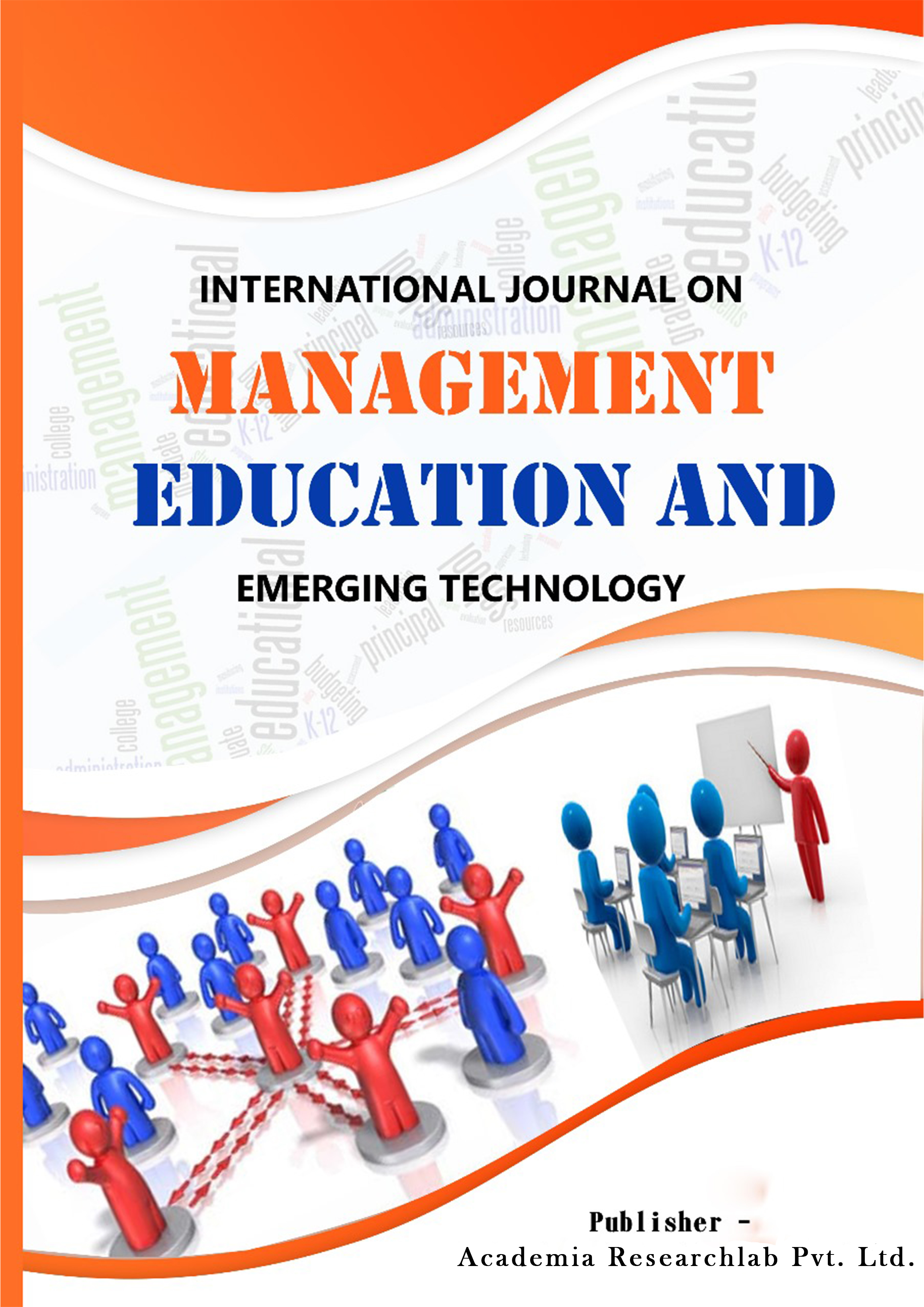The Effects of Morphological Awareness on the Reading Comprehension of Grade 2 Pupils in Selected Elementary Schools in Cabiao, Nueva Ecija
Keywords:
[Polytechnic University of the Philippines–Cabiao Campus 1], [Bachelor in Elementary Education 2], [Morphological Awareness3], [Reading Comprehension 4], [Morphological Curiosity 5], [Morphological Analysis 6]Abstract
This study examines how morphological awareness affects second-grade students' reading comprehension in selected elementary schools in Cabiao, Nueva Ecija. It particularly discusses the elements of morphological analysis and morphological curiosity as well as how they affect reading comprehension levels. The study assessed the students' awareness and comprehension levels using a descriptive quantitative approach and validated questionnaires and reading assessments. The findings indicate that only morphological analysis demonstrated a statistically significant relationship with reading comprehension despite students exhibiting a good level of morphological curiosity and analysis. This result emphasizes how important it is to teach morphological analysis explicitly, especially how to use affixes and root words, to help young students become better readers. By demonstrating the value of focused morphological instruction in foundational education, this study advances the field of early literacy development. Future research aims to institutionalize morphology-based routines in literacy programs, integrate qualitative methods, and extend the study to other grade levels.
References
[1] Deacon, S. H., Kieffer, M. J., & Laroche, A. (2016). The relation between morphological awareness and reading comprehension: Evidence from mediation and longitudinal models. Scientific Studies of Reading, 20(5), 408–425. https://doi.org/10.1080/10888438.2016.1185501
[2] Kearns, D. M. (2019). Do children use morphological analysis to infer the meaning of unfamiliar words? A meta-analysis. Journal of Research in Reading, 42(2), 287–306. https://doi.org/10.1111/1467-9817.12262
[3] Levesque, K. C., Kieffer, M. J., & Deacon, S. H. (2017). Inferring meaning from meaningful parts: The contributions of morphological awareness to reading comprehension. Reading Research Quarterly, 52(3), 293–314. https://doi.org/10.1002/rrq.160
[4] Tong, X., Deacon, S. H., & Cain, K. (2020). Morphological awareness and reading comprehension: A developmental perspective. Journal of Experimental Child Psychology, 192, 104787. https://doi.org/10.1016/j.jecp.2019.104787
[5] Martínez, L., & Jennings, C. (2024). Strengthening decoding through structured morphological routines in primary classrooms. Journal of Literacy Instruction, 18(1), 77–89. https://doi.org/10.1023/JLI.2024.011
Philippine-Based Research and Literacy Reports
[6] Silawana, J. L., Casas, J. M., Papacoy, K. G., & Bacatan, J. R. (2024). The influence of morphological awareness on the reading comprehension of senior high school students. In International Turkic World Congress on Social, Humanities, Administrative and Educational Sciences Proceedings Book (pp. 508–517). BZT Akademi Publishing House. https://doi.org/10.2139/ssrn.4762486
[7] Gonzales, A. B., & Custodio, J. M. (2020). Assessing the relationship between morphological awareness and reading comprehension of ESL learners. International Journal for Multidisciplinary Research, 3(7), 528–544. https://doi.org/10.5281/zenodo.15973210
[8] Department of Education. (2023). National reading program (Bawat bata bumabasa). https://sites.google.com/deped.gov.ph/deped-lrportal/national-reading-program
[9] Malipot, R. F. (2022, September 15). Functional literacy, education and mass media survey (FLEMMS). Philippine Statistics Authority. https://psa.gov.ph
[10] Organisation for Economic Co-operation and Development. (2023). PISA 2022 results: Country note – Philippines. OECD Publishing. https://www.oecd.org/en/publications/pisa-2022-results-volume-i-and-ii-country-notes
[11] RTI International, & Department of Education. (2019). Philippines national early grade reading assessment (EGRA) report. https://ierc-publicfiles.s3.amazonaws.com/public/resources/2019%20National%20EGRA%20Report_Submitted%20Sept%2030.pdf
Additional Files
Published
How to Cite
Issue
Section
License
Copyright (c) 2025 International Journal on Management Education and Emerging Technology(IJMEET)

This work is licensed under a Creative Commons Attribution-NonCommercial-NoDerivatives 4.0 International License.





